Snake plants (Sansevieria / Dracaena genus) are often celebrated for their resilience, but even these hardy plants shift into a slower mode during colder months. In winter, snake plants don’t fully “sleep” like some deciduous plants, but their growth rate, water needs, and metabolic activity decline considerably. Understanding this rest period—often called dormancy—can help you care more wisely through cooler months and avoid stress or rot.
What Exactly Is Dormancy for Snake Plants?
Dormancy, in a broad sense, is a period of reduced activity. For snake plants, this means:
- The plant slows or halts production of new leaves
- Cellular processes (photosynthesis, root growth) proceed at a slower rate
- Nutrient demand drops
- The plant allocates energy toward maintenance rather than expansion
This is a natural survival strategy—when external conditions (light, temperature) are less favorable, the plant conserves resources.
Also Read- How EMF Radiation and Wi-Fi Exposure May Impact Snake Plant Growth Indoors
When Does Winter “Dormancy” Kick In?
In indoor conditions, snake plants usually begin entering a semi-dormant state in late fall as:
- Temperatures drop (especially at night)
- Daylight hours shorten significantly
- Indoor heating and dry air begin to stress the plant
This shift can last through late winter or early spring, depending on your climate and indoor conditions.
What to Expect During Dormancy: Signs & Behaviors
Here are common markers that your snake plant is in its slower-down phase:
- Little or no new leaf growth
- Leaves might tighten or stiffen somewhat
- The overall plant looks stable but not expanding
- Soil dries much more slowly
- Reduced water uptake; you may notice trickle or no drainage after watering
- New leaves (if they appear) are often smaller or slower to open
Crucially, none of these signs on their own mean disease—they usually reflect the plant’s winter strategy.
Also Read- Snake Plants in Extreme Indoor Climates: Can They Handle Constant AC or Heating?
How to Adjust Care During Dormancy
To keep your snake plant healthy through winter, adjust your care routine:
1. Watering
- Water less frequently. Wait until the top 2–3 inches of soil are dry.
- Use smaller waterings rather than saturating the soil.
- Avoid letting the plant sit in water, which can lead to rot when growth is slow.
2. Fertilizing
- Hold off on fertilizing entirely during dormancy.
- Resume feeding in spring when new growth begins.
3. Light & Placement
- Maximize indirect light exposure. Even though growth is slow, brighter light helps maintain leaf health.
- Avoid placing the plant near cold drafts or heating vents, which can shock its system.
4. Temperature & Humidity
- Keep temperatures stable—ideally around 18–24 °C (65–75 °F). Night drops below 15 °C (59 °F) should be avoided.
- Humidity need not be extremely high, but avoid bone-dry air. A moderate ambient humidity (30–50%) works fine.
5. Avoid Heavy Pruning
- Resist major pruning or repotting during winter. The plant’s ability to heal is reduced.
- In case of damaged leaves or obvious dead tissue, you may trim selectively.
Mistakes to Avoid in Winter
- Overwatering: Because the roots absorb slowly in dormancy, excess water causes root rot.
- Feeding too early: Fertilizing when the plant is inactive stresses it.
- Cold stress or drafts: Sudden temperature changes can shock the plant.
- Low light neglect: Even though growth is lower, the plant still needs light to maintain health.
- Ignoring subtle signs: If you see mushy stems or sudden collapse, that’s not dormancy—it’s a problem needing intervention.
Transition Back to Growth in Spring
As days lengthen and temperatures rise:
- Resume watering more liberally (though still cautiously)
- Begin light fertilizing once you see signs of new growth
- Repot only if needed—spring is the time when plants are most resilient
- Monitor for pests or rot more actively (dormant plants may hide hidden issues)
Also Read- Snake Plant Sunburn? How to Protect It from Harsh Desert Sun
Final Thoughts
Snake Plant dormancy is a subtle but essential phase. The plant doesn’t shut off completely—it just slows down. By adapting your watering, light, and care routines, you support it through potentially stressful months and ensure that in spring, it reawakens strong and vibrant. A mindful winter routine helps your snake plant stay healthy year-round.


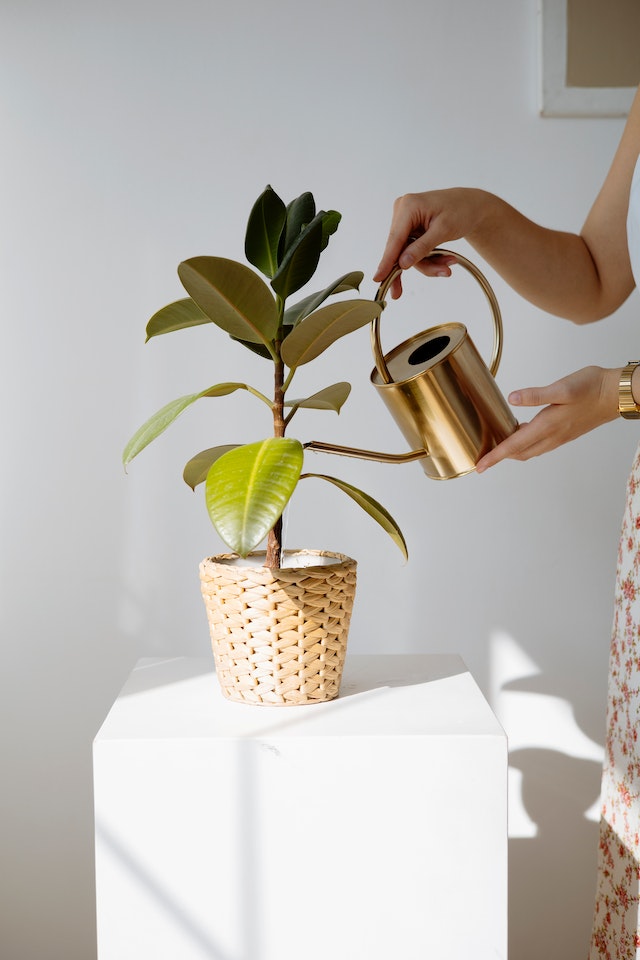


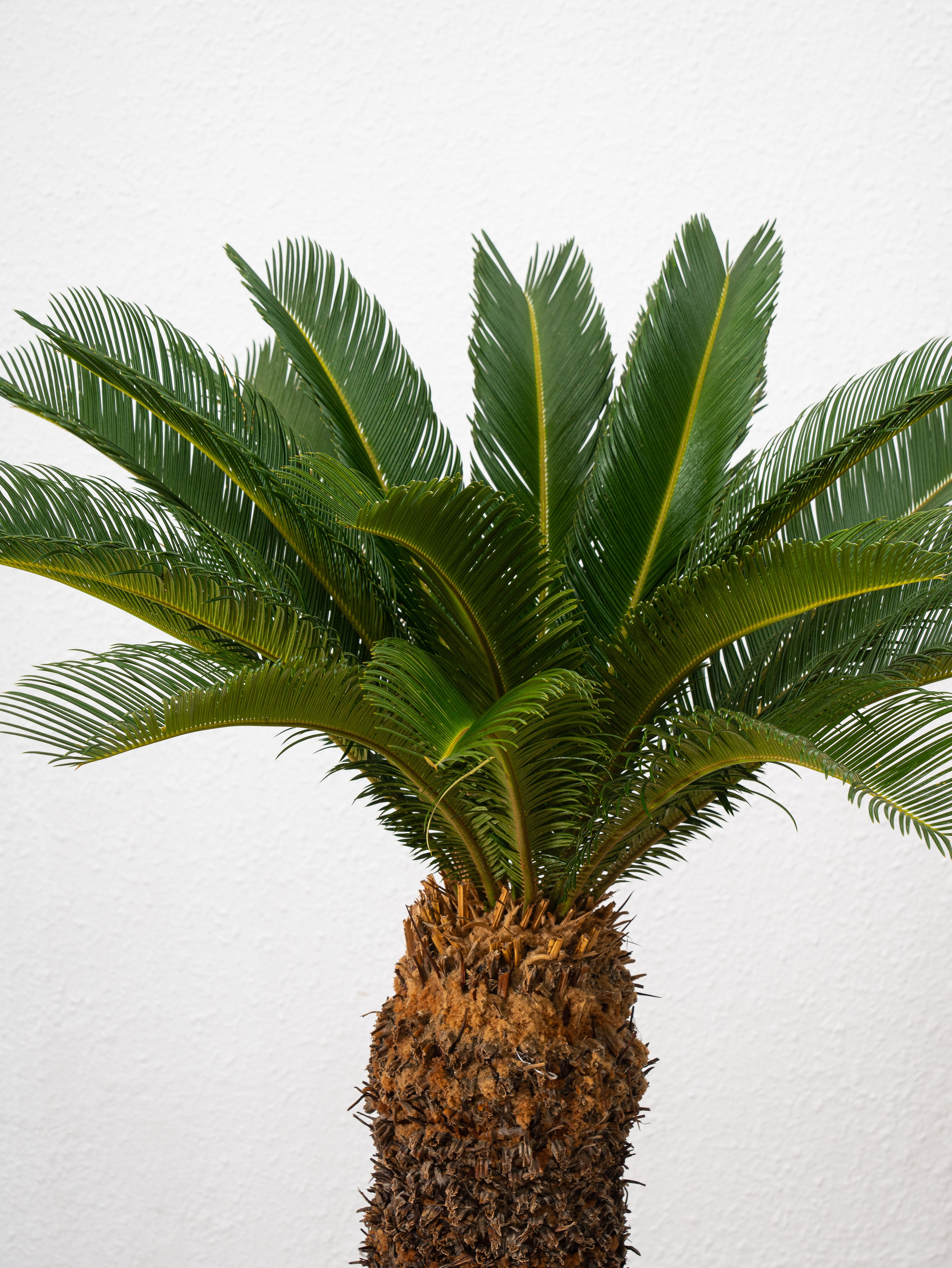


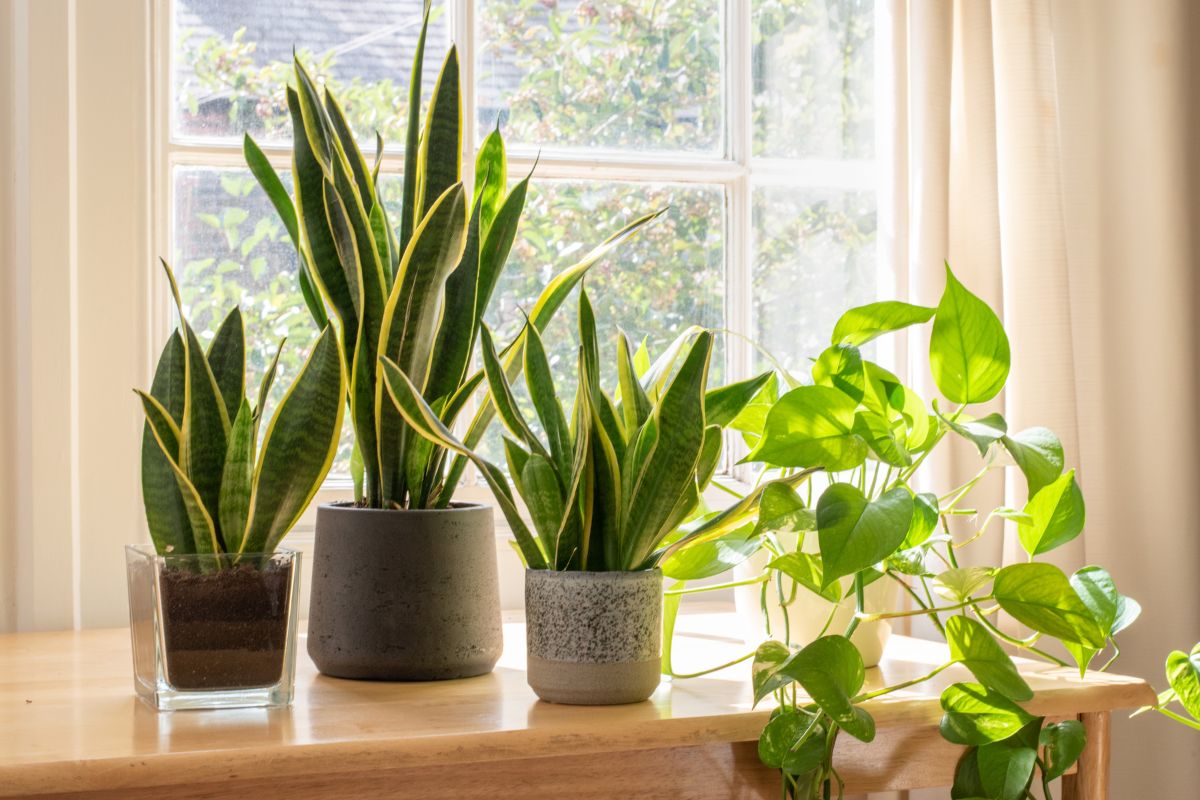


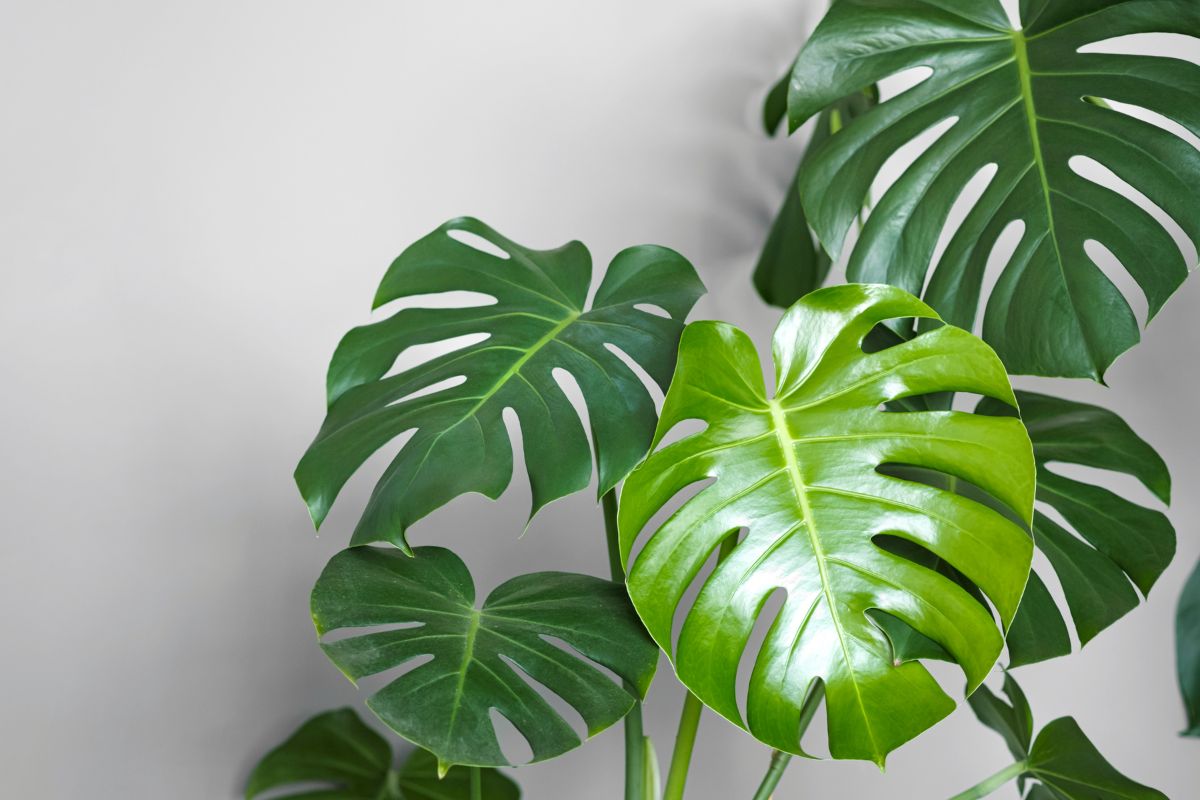
Leave a comment
This site is protected by hCaptcha and the hCaptcha Privacy Policy and Terms of Service apply.